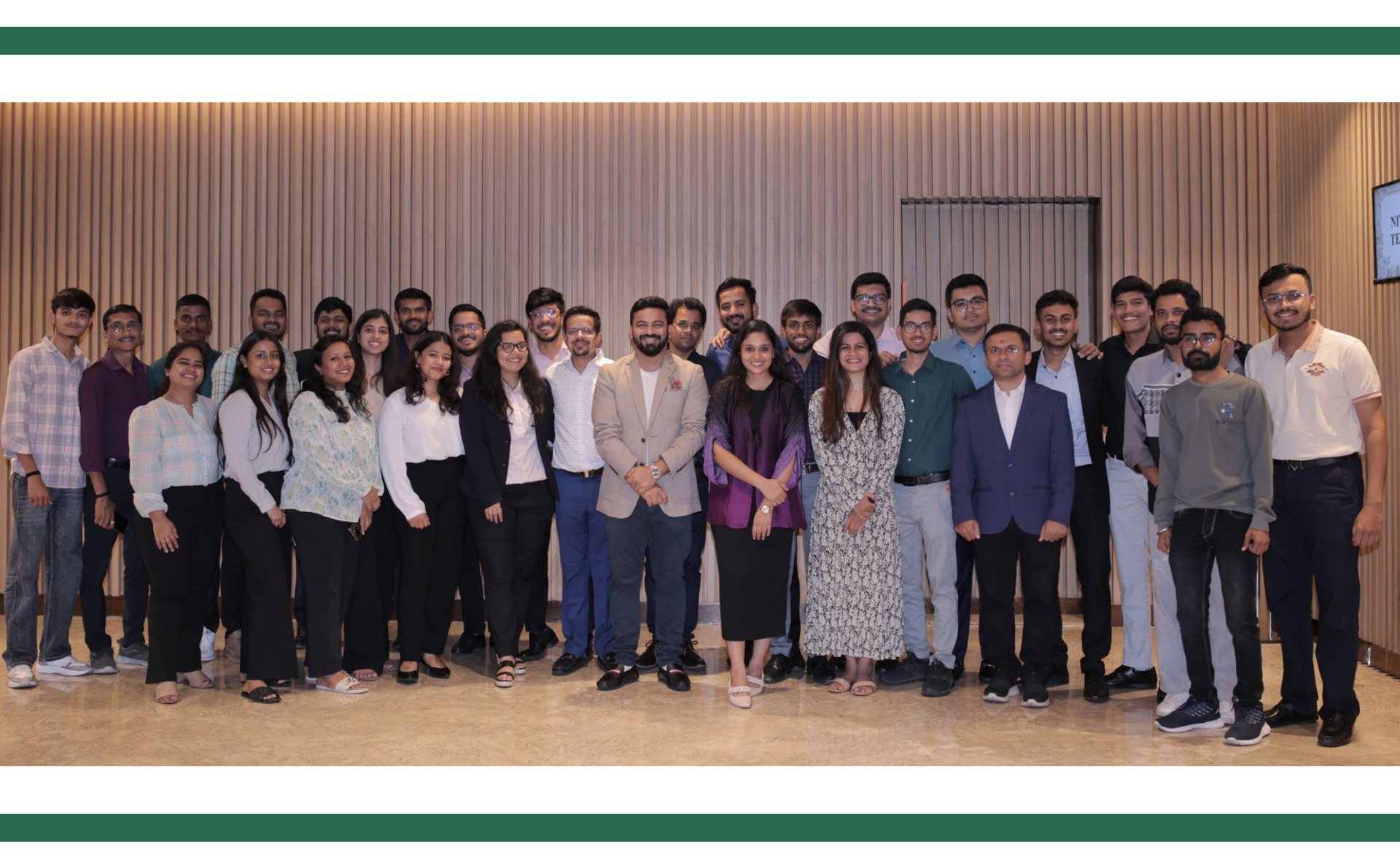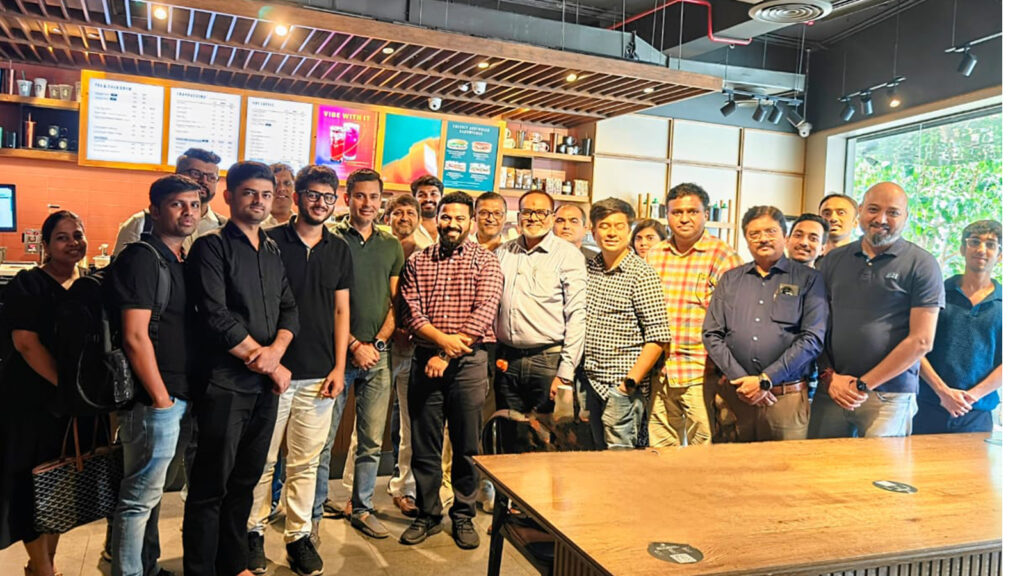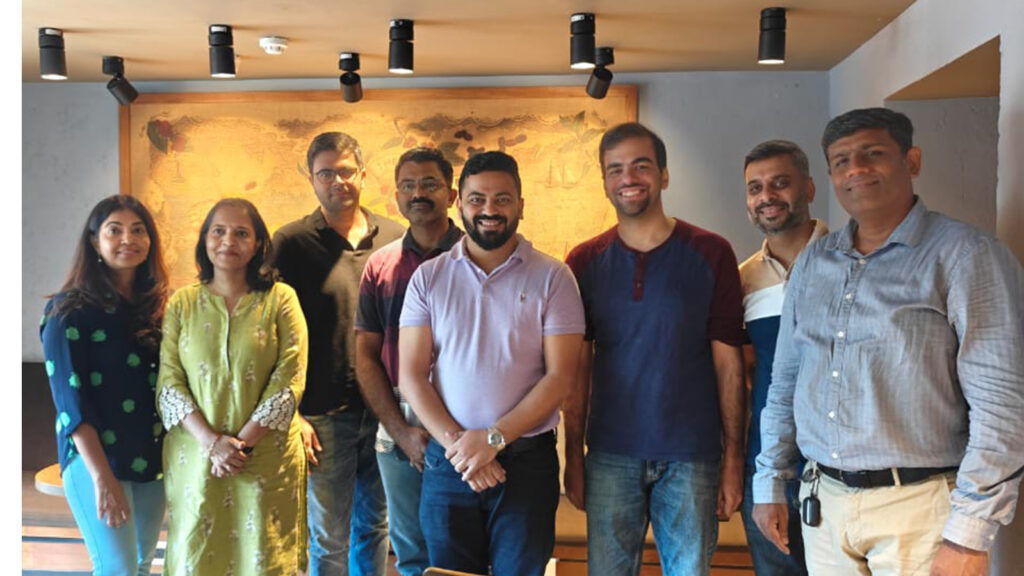Niveshaay Annual Letter 2024
May 03, 2024 | Quick Reads

It's that time of the year when we put our thoughts to perspective, reflect on our past successes and what didn’t work for us, evaluate areas for improvement, and convene with our team to set goals and agendas for the upcoming year. First and foremost, we’re pleased that we've concluded this eventful year on a positive note, with favorable returns attributed to our continued investment in previously identified opportunities over the past few years, as well as discovering new prospects within the sectors where we've already invested, and perhaps a bit of good luck as well. Our investments in high-growth sectors like Energy Transition, Capital Goods, and Manufacturing, particularly in the early stages, turned out to be advantageous this year.
The Indian equity markets sustained their upward trend, surpassing many global counterparts, largely due to favourable government policies reigniting investment activity. Our decision to invest a lump sum during the February-March-23 volatility proved beneficial, contributing to generating slightly higher returns throughout the year. Additionally, we've gleaned some important lessons this year. Firstly, the value of time spent in the market and prior thorough research in specific sectors greatly facilitates swift decision-making. Moreover, we've realized that valuation alone cannot serve as the sole criterion when considering investments in companies or businesses. The predictability of earnings growth, the competitive landscape, and the sustainability of business trends or tailwinds are equally critical factors that were also taken into account when we were making an investment decision.
At the outset, we launched our flagship smallcase, ‘Mid and Small Cap,’ which comprises a diversified portfolio that allocates across major sectors. Analysing, the tailwinds and expected accelerated adoption in the renewable sector, we launched the ‘Green Energy’ portfolio in 2021. The sector has garnered a lot of attention due to the government’s commitment to sustainability. It’s now when we realise, our portfolios were rightly placed in the journey to take advantage of the potential growth. Further, we believed that the supply chain re-arrangement post the pandemic coupled with government-led favorable policies aimed at reigniting the investment cycle in the country, promoting import substitution, and intensifying focus on exports, would contribute to the growth of Indian manufacturing.
This conviction prompted us to introduce the 'China Plus One' smallcase. When these initiatives started to translate in numbers, we believed that the higher investment in India's manufacturing sector is expected to have a ripple effect by boosting consumption. Government policies have created significant growth opportunities, resulting in per capita GDP surpassing $2000. Historically, countries like China, Japan, and South Korea experienced a surge in consumption spending upon reaching this income level. In the last few years, a rise in consumption has been observed due to increasing disposable income and changing habits. We believe it’s the beginning of a new consumption story in India where premiumization will take a substantial share. With these thoughts in mind, we launched another portfolio, ‘Consumer Trends’ during Diwali, focused on discretionary consumption and premiumization. Lastly, our ‘Trends Trilogy’ smallcase is all about playing the three trends: Business, Financial and Technical Trends in a concentrated manner.
Commencing with the power sector, which is witnessing significant global investments, primarily due to the swift transition towards renewable energy sources. This surge in power generation prompts the growth of transmission and distribution companies. We integrated this theme into our portfolio by allocating investments in Transformers & Rectifiers (India), a prominent power transformer manufacturer and Skipper, the largest power transmission tower manufacturer in India. The ambitious target of achieving approximately 500 GW in renewable energy capacity by FY30, up from 179 GW in FY24, is anticipated to attract significant investments across the entire sector, encompassing generation, transmission, and distribution.
Supported by favourable policies and consistent government backing, India’s manufacturing and infrastructure real estate sector is witnessing a sectoral tailwind. We took exposure in this sector through Action Construction Equipment (ACE), dominating crane manufacturing with over 65% market share, and Sanghvi Movers, India's largest crane rental company.
The 'China Plus One' strategy and the trend of supply re-arrangement present promising opportunities for India's textile industry, a sentiment reaffirmed at the Bharat Tex expo. We maintain our optimism regarding this theme, and our early recognition of this sector and analysis of the value chain have enabled us to benefit either by investing in highly efficient garmenting companies or in growing home textile companies.
India has also undertaken similar government policies, such as supporting end-user industries through export tariffs and stimulating domestic demand via import substitution policies aimed at promoting indigenisation. For instance, these policies have strengthened India's defence ecosystem, contributing to the nation's self-reliance and economic growth. Defence exports increased from Rs. 10,746 crores in FY19 to Rs. 21,083 crores in FY24, and the target is to reach Rs. 35,000 crores by FY25. The import substitution in industries like the electronics manufacturing and food equipment industries has resulted in Indian companies being preferred over imported ones due to cost savings, reduced lead time, and good quality. According to Bloomberg, India’s electronics exports to the USA as a ratio of China’s increased from 2.51% in November 2021 to 7.65% in November 2023. In the UK, the share rose from 4.79% to 10% during the same period. From exporting zero mobile phones in 2014 to now becoming the 2nd largest exporter globally, electronic exports increased from $8.4 billion in FY19 to $23.6 billion in FY23.
Samsung and Foxconn, the manufacturer of Apple's iPhone, are leading the charge in relocating their manufacturing operations to India. Supportive government policies incentivizing local production, combined with favourable production factors, are positioning India as an appealing destination for multinational corporations (MNCs) aiming to establish manufacturing facilities. Recently, Tesla has also signalled its intent to establish a manufacturing unit in India. This trend not only enhances the global competitiveness of MNCs but also encourages other companies to establish plants in India while fostering the growth of the component ecosystem and promoting increased domestic sourcing within the country.
As we observe manufacturing sector thriving, it naturally elevates the per capita income, consequently fuelling an increase in discretionary spending. This trend is expected to significantly boost consumer spending in India. Within the consumer discretionary space, the premiumization trend is gaining momentum. India can rely on its own domestic demand to firepower its growth, specifically, private consumption (accounts 60% of its GDP) and investment spending. Staying invested in the theme can yield good results in the long term.
As much as our thesis played out, certain companies, such as Hindware Home Innovation Ltd. even booked losses due to underperformance relative to our expectations. Initially, we viewed it as a promising undervalued brand play on real estate, but subsequently exited when the numbers didn’t comply with our investment thesis due to delayed or subdued consumption in the affordable segment. In China Plus One and Trends Trilogy Smallcase, we believed IFGL refractories to be a good ancillary play on the rapidly growing Steel industry but booked losses as the performance of the company was not on par with our expectations, largely attributed to ongoing geopolitical issues in Europe. These challenges impacted the company’s sales volume, which we expect to persist in the upcoming quarters.
We have received tremendous support throughout, and our Smallcase family has now grown to 25,000+ active subscribers. We hosted regular Webinars and conducted Ask Me Anything (AMA) sessions to share valuable insights and opportunities to stay informed about the ever-evolving financial landscape. To engage more personally with our subscribers, we organized meet-and-greet gatherings in Mumbai and Bangalore, allowing us to connect with our audience. We're excited to continue hosting similar events and look forward to visiting more cities in the future!
This year, we closed favourable deals in the private equity market, driven by our philosophy of having ‘skin in the game’ and investing in sectors exhibiting bullish trends. In the private sector, we look for opportunities where companies need growth capital and where IPOs are expected to come in the range of 6 months – 4 years. For instance, to name some:
We came across Waaree Energies Ltd. while exploring opportunities in the renewable sector. With a current capacity of 11 GW, it is India’s largest solar PV module manufacturing company. Considering it had only 2GW capacity in 2021, it has exponentially increased its capacity because of rising demand and a healthy order book. It has turned out to be an outperformer, with its valuation now more than triple since our investment in the second fund raise round. The company is now vertically integrating into cell manufacturing, which will further expand operating margins. A very good company to analyse the execution capabilities of any entrepreneur translating into tangible numerical results.
Similarly, we’ll continue to actively pursue investment opportunities in private markets, particularly in sectors such as manufacturing, power, renewables, and others.
While these sectors are experiencing huge tailwinds, and analysis of end-user industries' capital expenditure plans reveals numerous promising opportunities across various sectors. But, the dilemma here these days is between the rich valuations and high expected earnings growth. Staying invested in the already identified stocks can turn out to be a good decision or invest in companies where earnings predictability is high and available at reasonable valuations.
We sincerely thank you for entrusting us with your wealth creation journey. Your confidence in us, particularly during volatile periods with a high churn in the portfolio is valued greatly. We remain committed to delivering exceptional service, as always.
Happy Investing!
ARCHIVES
- A glimpse into our 'Meet and Greet' events



Disclosure: https://niveshaay.com/disclosure
Disclaimers and Disclosures
SEBI Registration No. :INH000017338, IN/AIF3/24-25/1571, IN/AIF2/24-25/1607 | BASL Membership ID: 6276
Investment in Securities Market are subject to market risks. Read all related documents carefully before investing. The securities quoted are for illustration only and are not recommendatory. Registration granted by SEBI, membership of a SEBI recognized supervisory body (if any) and certification from NISM in no way guarantee performance of the intermediary or provide any assurance of returns to investors.


 Follow
Follow